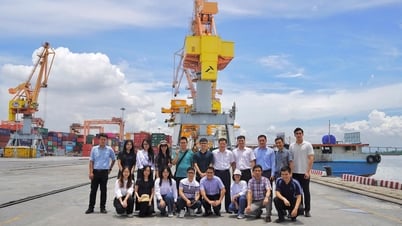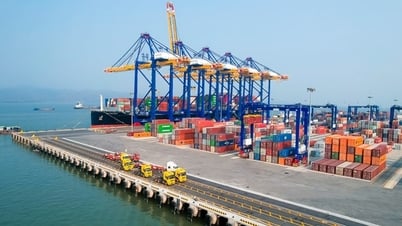SGGP
The US and the European Union (EU) are making great efforts to invest in CO2 capture and storage (CCS) technology.
CCS captures CO2 from the atmosphere and injects it underground, often in depleted oil and gas fields. The EU sees CCS as one of the key ways to achieve its goal of net zero greenhouse gas emissions by 2050. The European Commission has just included CCS in its Net-Zero Industry Act (NZIA). The Act targets renewable and low-carbon energy technologies including solar and wind power, sustainable alternative fuel production, carbon capture and storage, and more.
According to NZIA, the EU has set a binding target of 50 million tonnes of CO2 storage capacity per year by 2030. This CO2 will be stored in “strategic storage sites” across the bloc, with oil and gas producers required to contribute to the target.
The North Sea, which has long supplied Europe with oil and gas, could provide ample space to store future emissions. According to Bloomberg, the North Sea has more than 200 billion tons of CO2 storage capacity. That’s more than five times the global total of 37 billion tons of CO2 emissions in 2022, enough to store Europe’s CO2 output for decades to come.
The CCS industry in the US is also on the rise, thanks in large part to the Biden administration’s decision to offer companies an $85 credit for every ton of CO2 stored. In addition, President Biden’s Inflation Reduction Act (IRA), which is due to be passed in 2022 and has been described as a key enabler for clean technologies in the US, is being promoted by climate experts who warn the EU that the IRA could draw capital and projects away from Europe unless the bloc finds a way to create an equally favorable platform for CCS investment and development.
Several major US oil and gas corporations, including ExxonMobil and Chevron, said the IRA “further solidifies” their commitment to CO2 storage and increases their investment in CCS. The Baytown project, located in Houston, with multiple industry partners, could capture and store 50 million tons of CO2 per year by 2030 and 100 million tons by 2040.
Source






















































































![[OCOP REVIEW] Bay Quyen sticky rice cake: A hometown specialty that has reached new heights thanks to its brand reputation](https://vphoto.vietnam.vn/thumb/402x226/vietnam/resource/IMAGE/2025/7/3/1a7e35c028bf46199ee1ec6b3ba0069e)













Comment (0)